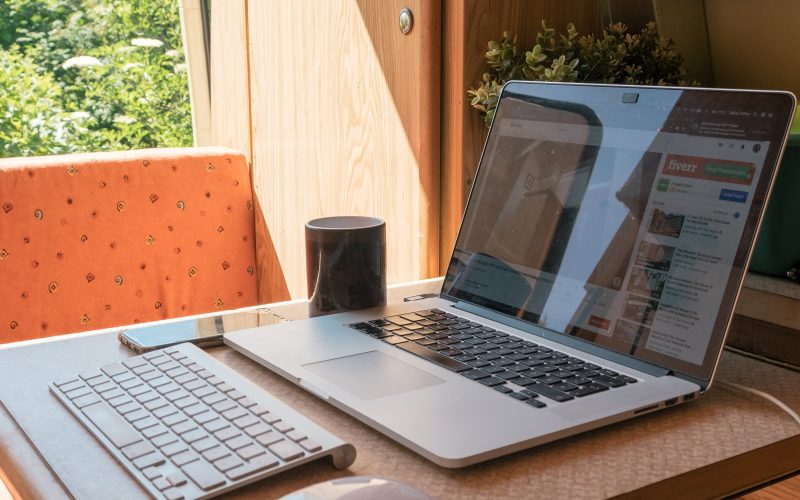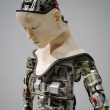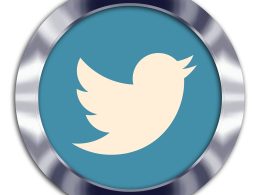Ready or not, the Internet of Things (IoT) is set to transform our daily routines in ways we can hardly imagine. From smart homes that anticipate our every need to wearables that monitor our health and wellness, IoT technology promises to revolutionize the way we live by 2024. But what exactly does this mean for us? In this blog post, we’ll explore the impact of IoT on our habits and day-to-day life, and how it will change everything from the way we work to how we socialize with one another. Get ready for a glimpse into a future where technology meets convenience like never before!
What is IoT?
IoT, or the internet of things, is a growing trend that refers to the interconnectedness of physical objects with digital systems. IoT devices can include everything from cars to smart homes and wearables. The benefits of IoT are many and varied. One of the most important is that it can revolutionize how we live our daily lives by making our devices more connected and efficient. Here are just a few examples of how IoT is changing our lives:
-Smart Homes: We’re already living in a smart home environment thanks to smart TVs, speakers, and lights. But the real revolution is coming courtesy of the ever-growing array of IoT devices. These devices can let us control our homes from anywhere in the world, whether we’re on vacation or at work. They can also help us monitor our energy usage and keep an eye on security footage.
-Wearable Technology: Wearable technology has been around for a while now, but there’s been little innovation until recently. This is largely due to two factors: first, wearable technology needs to be affordable enough for everyday people to buy; and second, wearables need to be aesthetically pleasing enough so people don’t feel self-conscious about wearing them. But with the advent of mobile carriers like Verizon Wireless’ Go90 TV service and Fitbit’s new Flex 2 device, wearable technology is starting to take off.
Overall, IoT has many benefits that will change how we live our lives. It’s not just
Smart Home Technologies: What They Are and How They Work
As the world becomes increasingly connected, the impact of IoT on daily life is becoming apparent. Smart homes and wearables are two major examples of how IoT is changing our habits.
Smart homes use sensors and “smart” technology to control various aspects of a home’s environment, from climate control to security. These systems can be controlled through a variety of channels, including smartphones, tablets, and remote controls. In some cases, smart home devices can also be connected to other devices in the home (such as video cameras) to give users added functionality.
Wearable technology has been rapidly evolving over the past few years. With wearable devices becoming more commonplace, it’s no surprise that IoT applications are being integrated into these products. Some common wearable technologies include fitness trackers and smart watches. Fitness trackers track your activities and calorie intake to help you maintain a healthy lifestyle, while smart watches allow you to control various functions on your phone without having to take it out of your pocket. Other applications for wearables include monitoring environmental conditions (such as temperature or humidity), tracking medical data, and controlling household appliances using voice commands.
Both smart homes and wearable technologies have the potential to revolutionize our habits by making life easier and more convenient. For example, if you’re worried about leaving your house during an emergency situation, you can use a smart home system to automatically lock all doors and windows once you leave. Alternatively, if you’re wearing a fitness tracker that monitors your activity levels throughout
Smart Devices: How They Are Used and How They Affect Our Lives
One of the most pervasive technologies in our lives is the smartphone. Smartphones have revolutionized how we communicate, access information, and entertain ourselves. However, their impact goes beyond just personal use.
Smart devices are now commonplace in homes. These include smart home devices such as smart thermostats, light bulbs, and video cameras that can be controlled remotely via an app or website. They can also interact with other devices in the home to create a “smart home” experience.
A major use of smart devices is for health care. The proliferation of wearables such as Fitbits and Jawbones track physical activity and sleep patterns, respectively. These data can be used to improve overall health by tracking trends and making informed decisions about diet and exercise.
Another area where smart devices are being used is for signage and navigation. Cities are increasingly using signs that provide real-time information about traffic conditions or program schedules. This is done through sensors that detect whether a sign has been vandalized or physically damaged, and then sends notifications to the appropriate party so that repairs or updates can be made as needed.
Conclusion
The impact of IoT on daily life is undeniable. Thanks to the ever-growing number of smart home and wearable devices, we are becoming increasingly reliant on technology to take care of our basic needs. This reliance has not only changed how we live our lives but has also influenced the way businesses operate. In 2024, it is estimated that 80% of all jobs will be replaced by robots or artificial intelligence-enabled machines. As we move forward into a future where IoT plays an even more integral role in our lives, it is important that we understand its implications and how best to leverage its capabilities for our benefit.












